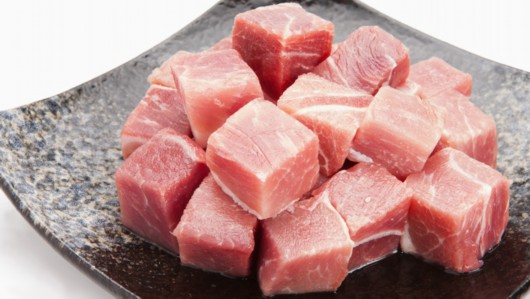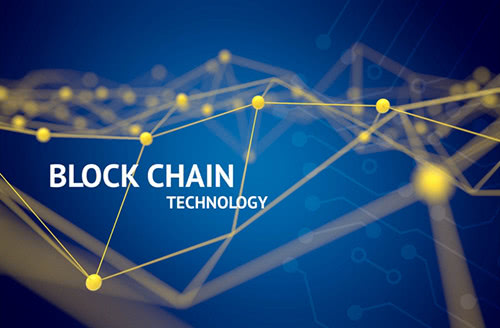In the Costco store in Shanghai, a customer was hesitant before a piece of cheap steak. “It's so cheap. Is it truly imported?” she thought to her herself. With some doubt, she scanned the QR code on the package and it showed that the steak was from Australia.

Currently, 176 categories of products within Costco Shanghai’s inventory are traceable, covering 27 suppliers.
The food traceability system utilizes the blockchain technology developed by a Shanghai company. In the near future, the system will be available in more cities in the Yangtze River Delta.
At the end of 2018, the commercial commissions of Shanghai, Jiangsu, Zhejiang and Anhui, initiated a blockchain traceability alliance for major products in the Delta region.Information concerning food, edible agri-products, pharmaceuticals, agricultural materials, special equipment, hazardous goods and rare earths can now be traced and checked across the region. As of the end of December, over 200 enterprises have registered in the alliance, including Hema Fresh, Guangming Dairy, Lyfen, and Three Squirrels.
Now the Delta region is promoting the traceability system for the pork market. In Shanghai, Hangzhou, Ningbo, Nanjing, Suzhou, Wuxi, Xuzhou and Hefei, different coding systems will be compatible and interconnected.

Traditional food traceability systems have been plagued with various shortcomings. The biggest is the lack of information transparency between different links. In contrast, blockchain can make the establishment of the traceability system free of dependence on a certain enterprise or individual, because of its unique decentralized storage model. In other words, the system can be controlled and managed by everyone, thus leaving no room for any rent-seeking space.
Moreover, the information shared on the blockchain can be checked, transferred, verified and analyzed in real time by manufacturers, dealers, logistics service providers, retailers, consumers and government sectors, significantly improving the efficiency of traceability and reducing the costs.
However, blockchain technology is not almighty. What if the data on the upper chain is fake? That has become many experts’ concern. The combination of blockchain and IoT (Internet of Things) might serve as a solution, according to Yang Anrong, senior vice president of CES Group, a big data and blockchain service provider in Shanghai. As Yang said, if IoT is used in the food transportation vehicle, the upper chain of the food’s temperature can be collected in real time, so as to tackle the above-mentioned worry, because if the food was switched this would be seen as a sudden change in the network. So far, IoT equipment has already been deployed in some farms to monitor the temperature, humidity and pesticide residue, which, if transmitted to the upper chain in time, can prevent data fraud. But there is a defect in the solution: the cost is too high for many enterprises.
Facing the difficulties of promoting blockchain in food tracing, business insiders have put forward their advice: authorities should encourage food enterprises to be more proactive in building the upper chain, for a sound development of the technology in the food tracing industry.
